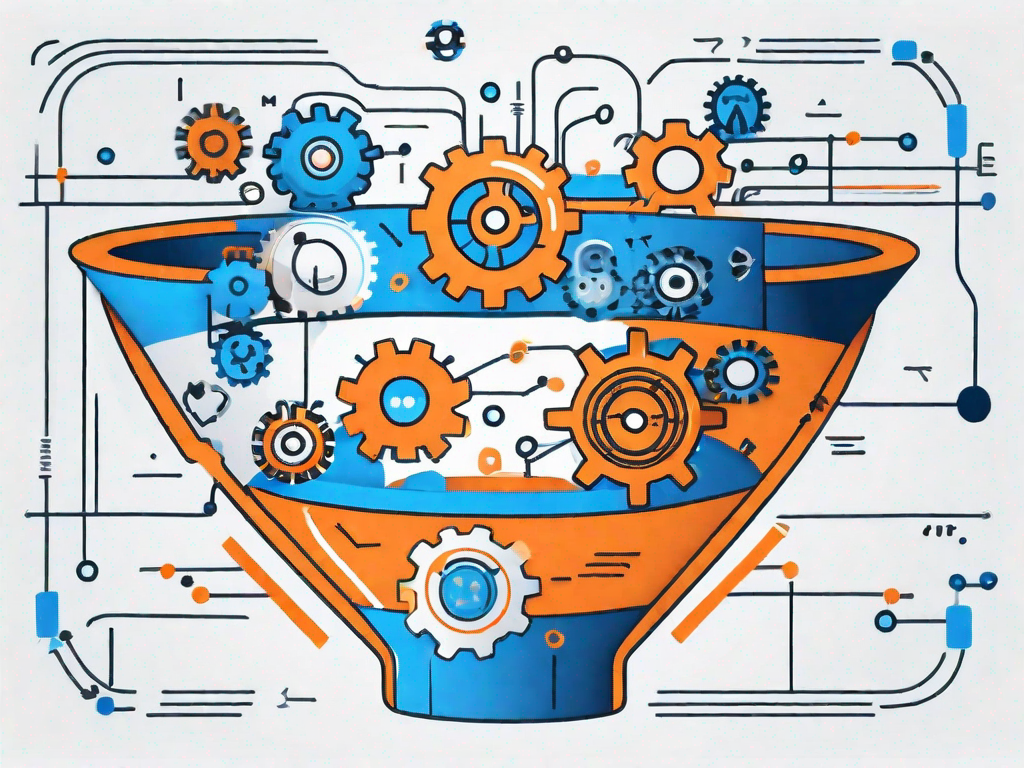Trump's Economic Policies And The Difficulties Facing The Next Fed Chair

Table of Contents
The Trump Tax Cuts and Their Long-Term Impact
The 2017 Tax Cuts and Jobs Act, a cornerstone of Trump's economic agenda, significantly lowered both corporate and individual income tax rates. While this resulted in a short-term economic boost, fueled by increased consumer spending and business investment, the long-term sustainability remains a subject of intense debate. The substantial reduction in tax revenue had a profound impact on several key areas:
- Increased national debt: The tax cuts exacerbated the already growing national debt, leaving the next Fed Chair with the challenge of managing a higher debt-to-GDP ratio.
- Impact on income inequality: Critics argue the tax cuts disproportionately benefited high-income earners, further widening the income inequality gap – a societal and economic concern with potential inflationary implications.
- Effect on government spending and future fiscal policy: Reduced tax revenue constrained government spending in various areas, creating trade-offs between fiscal priorities and potentially limiting the government's ability to respond to future economic downturns.
- Long-term implications for inflation: The combination of increased consumer spending and potential supply-side bottlenecks due to reduced government investment could contribute to inflationary pressures, a key concern for the Fed's mandate of price stability.
The next Fed Chair faces the immense challenge of managing the economic consequences of these tax cuts. Finding the right balance between supporting economic growth and mitigating the risks of inflation, while navigating the complexities of fiscal policy, will be a paramount task.
Trade Wars and Their Ripple Effects
The Trump administration initiated several trade wars, most notably imposing significant tariffs on goods from China. These trade disputes significantly disrupted global supply chains, impacting both domestic industries and international trade relationships. The consequences include:
- Impact on inflation: Tariffs increased the cost of imported goods, contributing to inflationary pressures, further complicating the Fed's monetary policy decisions.
- Effects on specific sectors: Sectors like agriculture and manufacturing were disproportionately affected, experiencing job losses and reduced competitiveness in some cases.
- Disruptions to international trade relationships: The trade wars damaged trust and cooperation among trading partners, creating uncertainty and undermining the predictability of global trade flows.
- The challenge for the next Fed Chair in mitigating the economic fallout: The Fed must navigate the economic uncertainties stemming from trade disputes, which requires careful consideration of the ripple effects on inflation, employment, and overall economic stability.
The next Fed Chair will inherit a global trade environment characterized by uncertainty and heightened protectionism. Managing the economic fallout from these trade wars and fostering a stable and predictable international trading system will require skillful diplomacy and effective monetary policy tools. Successfully navigating this landscape necessitates deep understanding of "tariffs," "trade deficit," "global trade," and the implications of "supply chain disruptions."
Deregulation and Its Economic Consequences
The Trump administration pursued a significant deregulation agenda across various sectors, including finance and the environment. While proponents argued this stimulated economic activity, critics raised concerns about increased risks and negative externalities. The consequences of deregulation include:
- Increased risk-taking in financial markets: Reduced regulation could lead to excessive risk-taking and potential financial instability, requiring vigilant oversight from the Fed.
- Environmental consequences and their economic implications: Environmental deregulation may lead to increased pollution and environmental damage, resulting in significant long-term economic costs.
- Impact on consumer protection: Weakening consumer protection regulations could expose consumers to exploitation and harm, potentially destabilizing specific markets.
- The complexities for the next Fed Chair in overseeing a less-regulated economy: The Fed will need to develop robust mechanisms to monitor and mitigate potential risks arising from a less regulated environment, especially concerning financial stability.
The next Fed Chair must carefully assess the long-term economic impacts of deregulation and implement appropriate measures to ensure financial stability and address any negative externalities. This requires expertise in "financial regulation," "environmental regulations," and an understanding of how to maintain "market stability" while managing "economic risks."
The Fed's Response to Trump's Policies and Future Challenges
During the Trump era, the Federal Reserve engaged in a series of monetary policy actions, including interest rate adjustments and quantitative easing. These actions aimed to balance economic growth with inflation control, a challenging task given the unique circumstances. The Fed faced:
- Balancing economic growth with inflation control: The Fed had to carefully calibrate its monetary policy tools to stimulate growth without fueling excessive inflation.
- Maintaining financial stability in a volatile environment: The combination of tax cuts, trade wars, and deregulation created a volatile environment, demanding proactive measures from the Fed to maintain financial stability.
- Challenges of navigating political pressures: The Fed faced significant political pressure from the Trump administration, making independent decision-making more complex.
The next Fed Chair inherits a complex economic landscape shaped by the interplay of fiscal and monetary policies during the Trump administration. Maintaining "price stability" and achieving "full employment" will require a nuanced approach, utilizing "monetary policy tools" such as "interest rates" and "quantitative easing" effectively, whilst navigating the political sensitivities inherent in the role.
Conclusion
The next Federal Reserve Chair will face unprecedented challenges due to the legacy of Trump's economic policies. The interconnectedness of fiscal and monetary policy decisions, amplified by the impacts of tax cuts, trade wars, and deregulation, necessitates a strategic and nuanced approach. Understanding the intricacies of "Trump's Economic Policies and the Difficulties Facing the Next Fed Chair" is crucial for navigating this complex economic terrain. To gain a deeper understanding of these critical issues, further research into related articles, reports from organizations like the Congressional Budget Office, and academic papers is strongly recommended. Continue your exploration of "Trump's Economic Policies and the Difficulties Facing the Next Fed Chair" to better grasp the complexities facing the future of the US economy.

Featured Posts
-
 Saabs Ceo On Reduced Delivery Times For Defense Projects
Apr 26, 2025
Saabs Ceo On Reduced Delivery Times For Defense Projects
Apr 26, 2025 -
 Your Guide To April Events Indie Bookstore Day Kings Day And Tumbleweeds Film Fest
Apr 26, 2025
Your Guide To April Events Indie Bookstore Day Kings Day And Tumbleweeds Film Fest
Apr 26, 2025 -
 Exclusive Hegseth Under Pressure As Pentagon Leaks And Internal Disputes Escalate
Apr 26, 2025
Exclusive Hegseth Under Pressure As Pentagon Leaks And Internal Disputes Escalate
Apr 26, 2025 -
 Stricter Security For Ajax Az Fixture Following Fan Violence Concerns
Apr 26, 2025
Stricter Security For Ajax Az Fixture Following Fan Violence Concerns
Apr 26, 2025 -
 Selling Sunset Star Accuses Landlords Of Price Gouging Amidst La Fires
Apr 26, 2025
Selling Sunset Star Accuses Landlords Of Price Gouging Amidst La Fires
Apr 26, 2025
Latest Posts
-
 Ohio Derailment Aftermath Persistent Toxic Chemicals In Local Buildings
Apr 27, 2025
Ohio Derailment Aftermath Persistent Toxic Chemicals In Local Buildings
Apr 27, 2025 -
 Ai And Human Creativity Insights From Microsofts Chief Designer
Apr 27, 2025
Ai And Human Creativity Insights From Microsofts Chief Designer
Apr 27, 2025 -
 The Human Touch In Ai An Interview With Microsofts Head Of Design
Apr 27, 2025
The Human Touch In Ai An Interview With Microsofts Head Of Design
Apr 27, 2025 -
 Designing The Future A Conversation With Microsofts Design Chief On Ai
Apr 27, 2025
Designing The Future A Conversation With Microsofts Design Chief On Ai
Apr 27, 2025 -
 Microsofts Design Lead Ai And The Human Element
Apr 27, 2025
Microsofts Design Lead Ai And The Human Element
Apr 27, 2025
